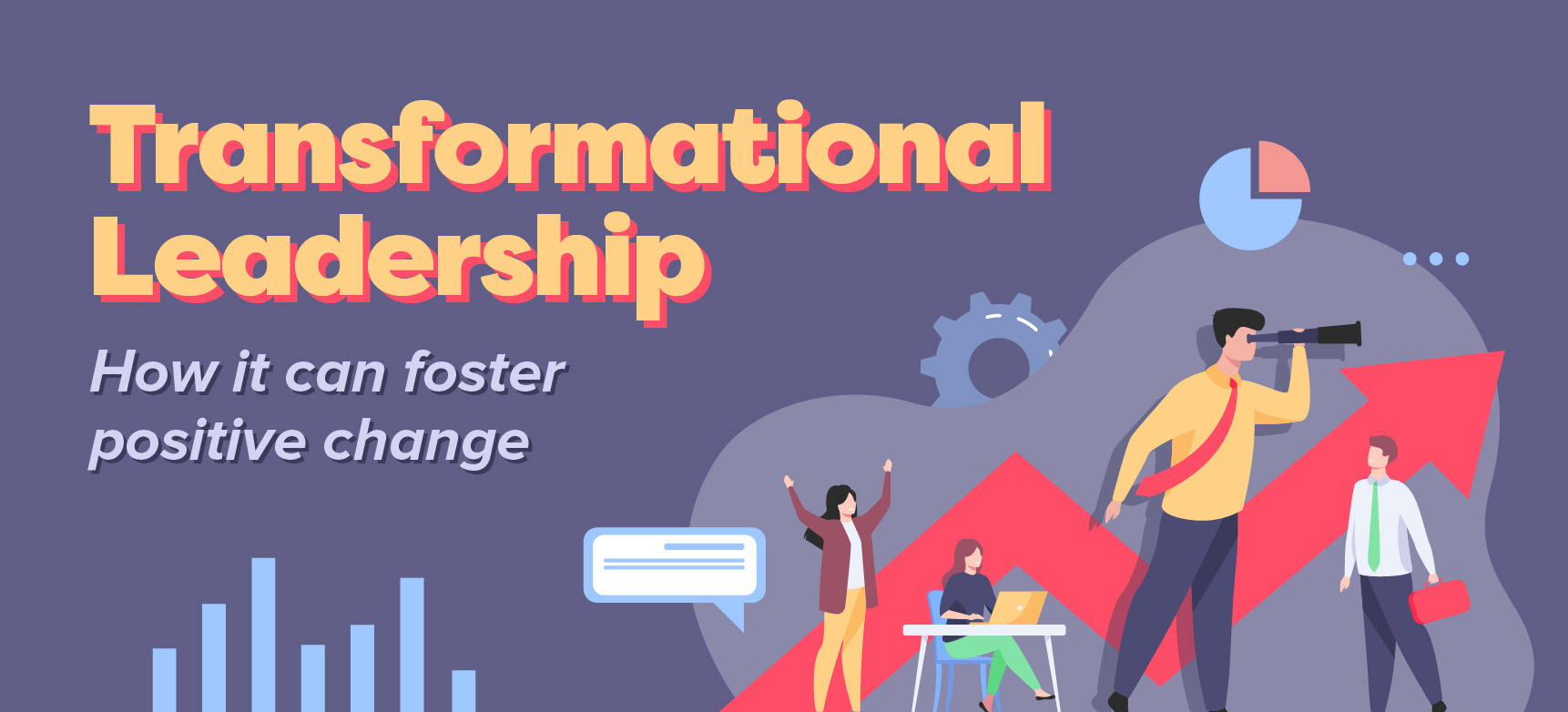Last Updated on October 29, 2022 by Editors Desk
Main highlights
- What is Emotional intelligence?
- What is meant by Transformational Leadership?
- How to develop Emotional Intelligence?
- How is Emotional intelligence linked to Leadership?
Emotional intelligence is the ability to recognize, regulate and use emotions to meet people’s needs. It is a set of skills that enable an individual to manage their own emotions and those of others effectively. Emotional intelligence has been shown to be important for leadership development by enhancing leaders’ effectiveness in dealing with subordinates as well as customers.
Transformational leadership is a leadership style that leaders use to inspire and motivate followers.
A transformational leader is one who inspires and motivates others. Transformational leaders are charismatic, inspiring and motivational. They communicate a compelling vision for their organization or team, which can be used as an inspiration tool for their followers.

Transformational leadership is a style of leadership that uses vision statements to help people change their behaviours and attitudes in order to achieve the company’s goals. Transformational leaders use emotional intelligence (EQ) as a way of communicating with others effectively so that they can motivate them to follow through on tasks at hand or take part in programs designed by the leader
Emotional intelligence is how we respond to and manage our own emotions, and how can we connect and empathize with the emotions of others.
Emotional intelligence is a form of self-management, or how well we are able to respond to and manage our own emotions. It involves understanding our own emotions and the emotions of others, as well as using this knowledge in a way that enhances relationships with other people.
Emotional intelligence can be improved through practice, such as meditation or yoga exercises that promote mindfulness. Self-awareness also helps us understand what makes us unhappy before it happens so we can prevent or avoid it from happening again in the future (for example I am worried about my test tomorrow because I have been studying all week). The more aware you are about your feelings at any given time—your moods, energy levels and behaviours—the better equipped you will be able to manage them effectively when necessary
When leaders combine their transformational abilities with emotional intelligence, they create a powerful combination.
Transformational leadership is a leadership style that leaders use to inspire and motivate followers. Transformational leaders are able to communicate with others in order to create positive change within organizations. Emotional intelligence is how we respond to and manage our own emotions, as well as how well we are able to understand and empathize with the emotions of others. When combined together, these two skills can help you become an effective leader who inspires your team members while also helping them achieve their goals through collaboration or mutual respect for each other’s opinions or needs.
Emotional intelligence plays a large role in how successful transformational leaders are at motivating their teams.
The research shows that emotional intelligence is a good predictor of leadership success and that it’s more important than physical attributes like height or weight in predicting whether someone will be successful as a leader.

The key to being a great leader with high emotional intelligence is understanding how you can take action on what matters most to your team members—and then doing so. In other words: if they know they can count on you for support when needed, they’ll work harder for you than if they don’t have faith in your ability to get them where they need to go. This means putting aside any doubts about whether or not what’s happening makes sense from an organizational standpoint (or even just from an individual standpoint).
Of course, this doesn’t mean there aren’t some things we can do right away! For example: if one person has been struggling with depression recently because she lost her job last month—and she needs help coping with those feelings—it might be helpful for someone else around her who knows how hard it was losing her job too (or has experienced similar situations herself) not only offer support but also suggest ways she could talk about these feelings without feeling judged by others nearby who might think differently about them based solely off past experiences.”
We can increase our emotional intelligence through practice and self-awareness.
Emotional intelligence is the ability to recognize and understand our emotions, as well as use them appropriately. It’s the capacity for self-awareness, self-management and social awareness.
In order to increase your emotional intelligence, you need to:
- Learn how others perceive you (including whether they think you’re being honest or not)
- Recognize your own emotions in order to understand what they mean for other people around you (and yourself)
If we can’t recognize our feelings accurately then it’s much harder for us to make good decisions about them or others around us. For example, if someone says something hurtful towards another person but doesn’t realize that this comment will cause distress then there may be no reaction from either party until later on when things have been said again which could lead to further conflict between parties involved in this situation because neither person felt comfortable expressing themselves properly at first place due lack of understanding between each other’s needs/needs by each individual involved.”
An emotionally intelligent leader provides positive feedback, encourages positive behavior and recognizes the achievements of their team members
The most important thing a leader can do is provide positive feedback. This is essential for motivation, and it also demonstrates to your team members that you value their efforts. You should recognize achievements, both individually and as a team, so that everyone feels valued.

Motivating people with motivational techniques like goal setting, positive reinforcement and praise can be effective ways of keeping morale high in the workplace. But ultimately it’s the attitude of a leader that will determine how effective they are at influencing their team members’ morale levels—and whether they get what they need from them!
Leaders who understand their employees’ needs can create an environment in which everyone feels valued.
Leaders must also be able to recognize the value of different types of information and how it should be used. They should know when to ask questions, listen carefully, and show empathy for their team members by considering their feelings before speaking or acting on something that might hurt them or make them feel inferior.
Leaders who take steps to be more emotionally intelligent can have a positive impact on their teams.
The ability to connect with others, especially your team members, is a key part of leadership. Emotional intelligence is a skill that can be learned and improved over time. This article will explore how emotional intelligence impacts leadership in both organizational settings and individual lives.
Emotional Intelligence as an Organizational Skill.
There are many ways for leaders to learn more about emotional intelligence and make meaningful changes that will benefit you, your team and your organization as a whole.

- Learn about the concept of emotional intelligence. Some good resources include Daniel Goleman’s “EQ: The Emotional Intelligence Advantage,” Simon Sinek’s “Start With Why,” or any number of books on the subject including “Emotional Intelligence 2.0” by Travis Bradberry, “Emotionally Focused Therapy: A Practitioner’s Guide” by Susan David and others.
- Take a course or read a book on it! It’s important to have knowledge in this area so you can be an effective leader who understands how emotions work within organizations, but also know how they relate back outwards into other areas such as personal relationships (e.g., family). This will help make sure everyone feels supported during difficult times which leads us back to point #1.



